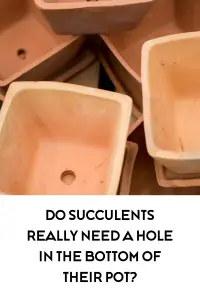One common question among succulent hobbyists is whether or not their plants need a drainage hole at the bottom of their pot. The short answer is: YES!

In general, it’s a good idea to provide a drainage hole at the bottom of the pot when growing succulents especially for those new to this hobby. This drainage hole allows excess water to drain out of the pot, preventing the roots of the succulent from sitting in water and becoming waterlogged causing root rot. Overwatering is a common problem with succulents, and providing a drainage hole at the bottom of the pot can help to prevent it.
Everything you need to know about: Root Rot in Succulents: How to Identify and Treat the Problem
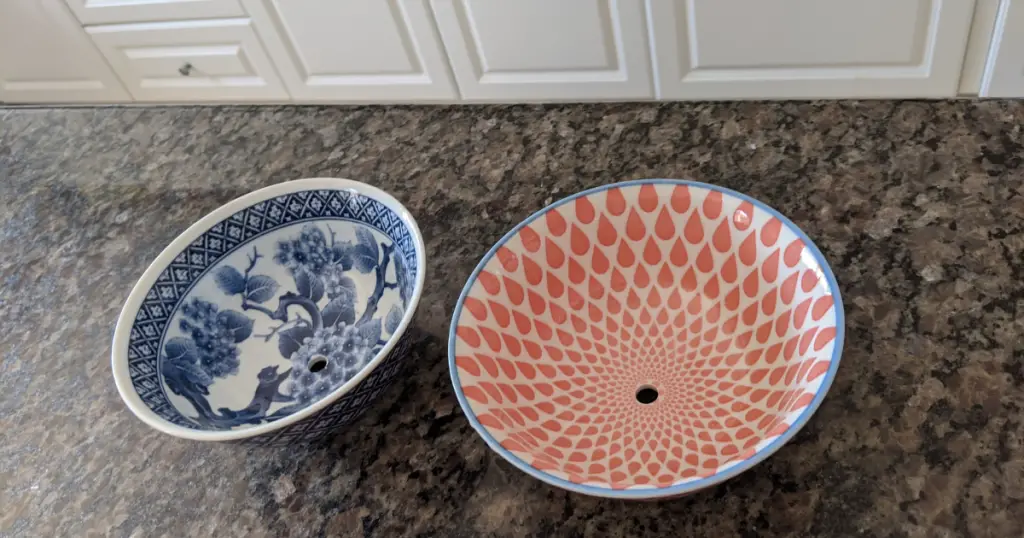
Roots Need Oxygen Too!
Oxygen is crucial for soil health and succulent growth as it supports the respiration of plant roots and soil microorganisms, which is necessary for energy production and nutrient uptake. Oxygen also helps to maintain proper soil structure and porosity, allowing water and nutrients to move freely through the soil. In anaerobic (oxygen-deprived) soil conditions, succulent growth is severely impaired, and harmful bacteria may thrive, leading to disease and root damage. And that is why succulent pots need drainage holes.
You might also like: Taking Care of Succulents Inside
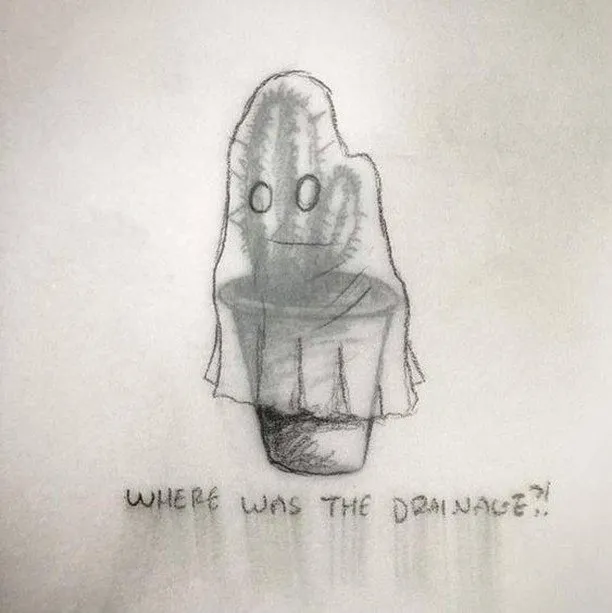
Different Varieties, Different Needs
However, not all succulent varieties have the same watering needs. Some succulents, such as those in the cactus family, have thick, fleshy roots that are adapted to store water for long periods of time.
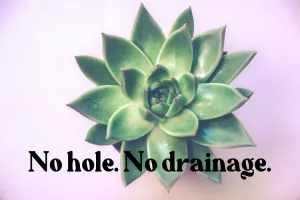
Some succulent varieties have thin, delicate roots that are more susceptible to rot and other problems if they’re allowed to sit in water for too long. These types of succulents, such as those in the sedum and echeveria families, should always be planted in a pot with a drainage hole at the bottom to allow excess water to drain out.
Can’t Miss: Euphorbia alluaudii ‘Madagascan Fire Plant’: A Comprehensive Care Guide

Soil Type is Important Too
In addition to providing a drainage hole at the bottom of the pot, it’s also important to consider the type of potting mix you use for your succulents. Succulents need well-draining soil that won’t hold onto excess moisture and cause problems with root rot. Look for a potting mix specifically designed for succulents, or make your own. Find DIY soil recipes here: Succulent Soil: Ultimate Guide & 4 DIY Recipes to Keep Your Succulents Happy and Healthy
You might like: Echeveria desmetiana: A Comprehensive Guide to This Classic Beauty

Where to Buy Succulents Online
You might also like: Succulent Death Bloom (Sounds like a metal band.)
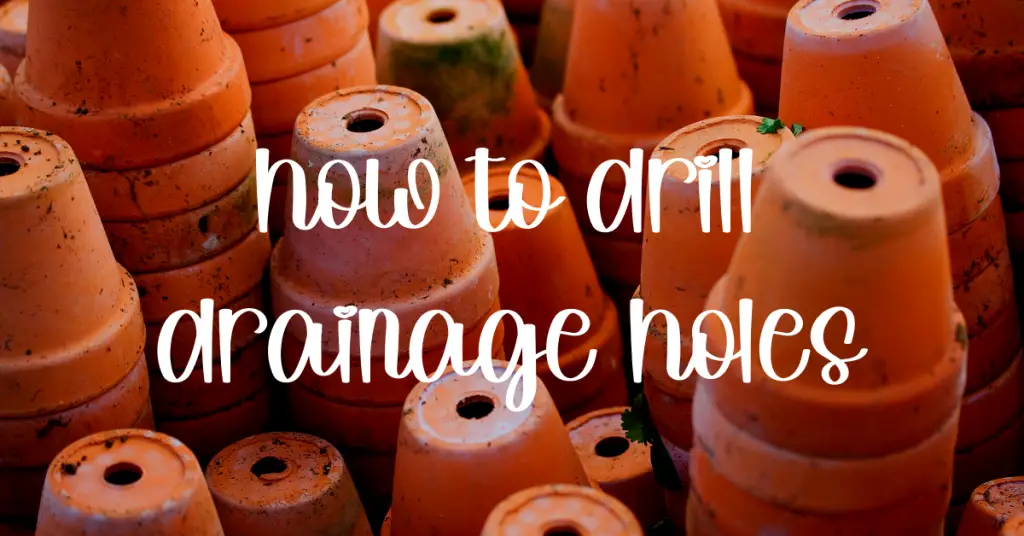
How to Drill a Hole at the Bottom of the Pot
To drill a drainage hole at the bottom of the pot for succulents, you will need a drill with a diamond or ceramic tile bit, a piece of masking tape, and some water. Here are the steps to follow:
- Place the ceramic pot on a flat, stable surface.
- Put on safety glasses to protect your eyes from flying debris.
- Wet the surface of the pot where you want to drill the drainage hole. This will help to cool the drill bit and prevent it from overheating and damaging the pot.
- Carefully align the drill bit with the spot where you want to drill the drainage hole and begin drilling at a low speed on an angle.
- Slowly increase the speed of the drill as you drill, applying gentle pressure to the bit.
- Continue drilling until the drainage hole is made.
- Once you have your hole drilled, use mesh drywall tape on the inside of the pot to keep your dirt from falling out. Or, if you have leftover window screen material, that works too!
- Fill the pot with well-draining soil and plant your succulent, making sure to position the plant over the drainage hole.
By following these steps, you can easily drill a drainage hole in the bottom of a ceramic pot for your succulents, ensuring that they have proper drainage and can grow and thrive.
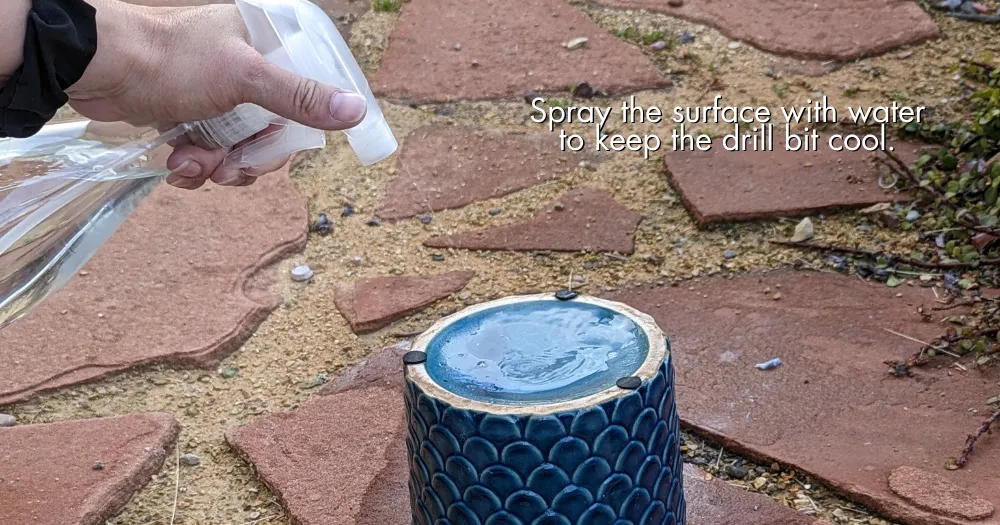
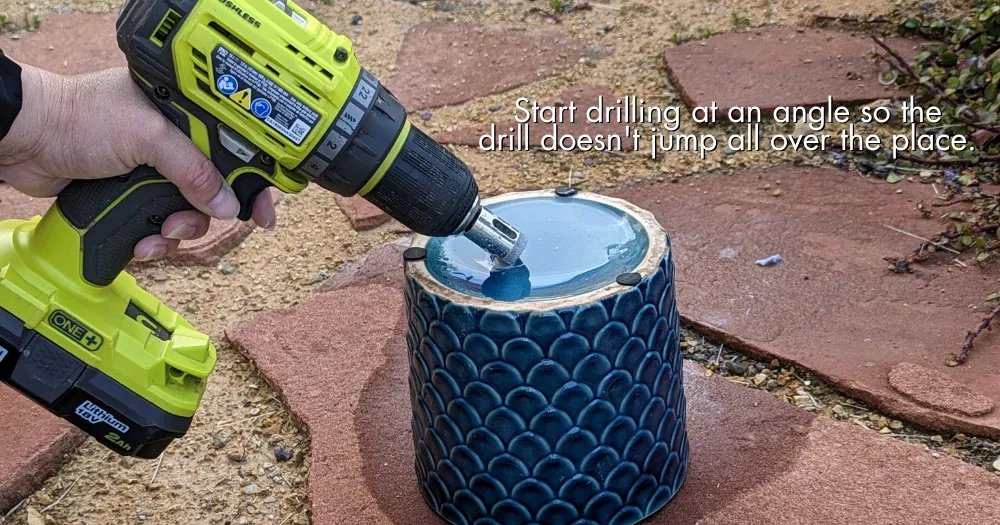
Drilling drainage holes in a ceramic pot may seem like a daunting task, but it is actually quite simple if you follow the proper steps. By marking the location of the holes, securing the pot, wearing safety glasses, using the right drill bit, and cleaning up the holes afterwards, you can successfully drill drainage holes in your ceramic pot and provide your succulents with the proper care they need.
